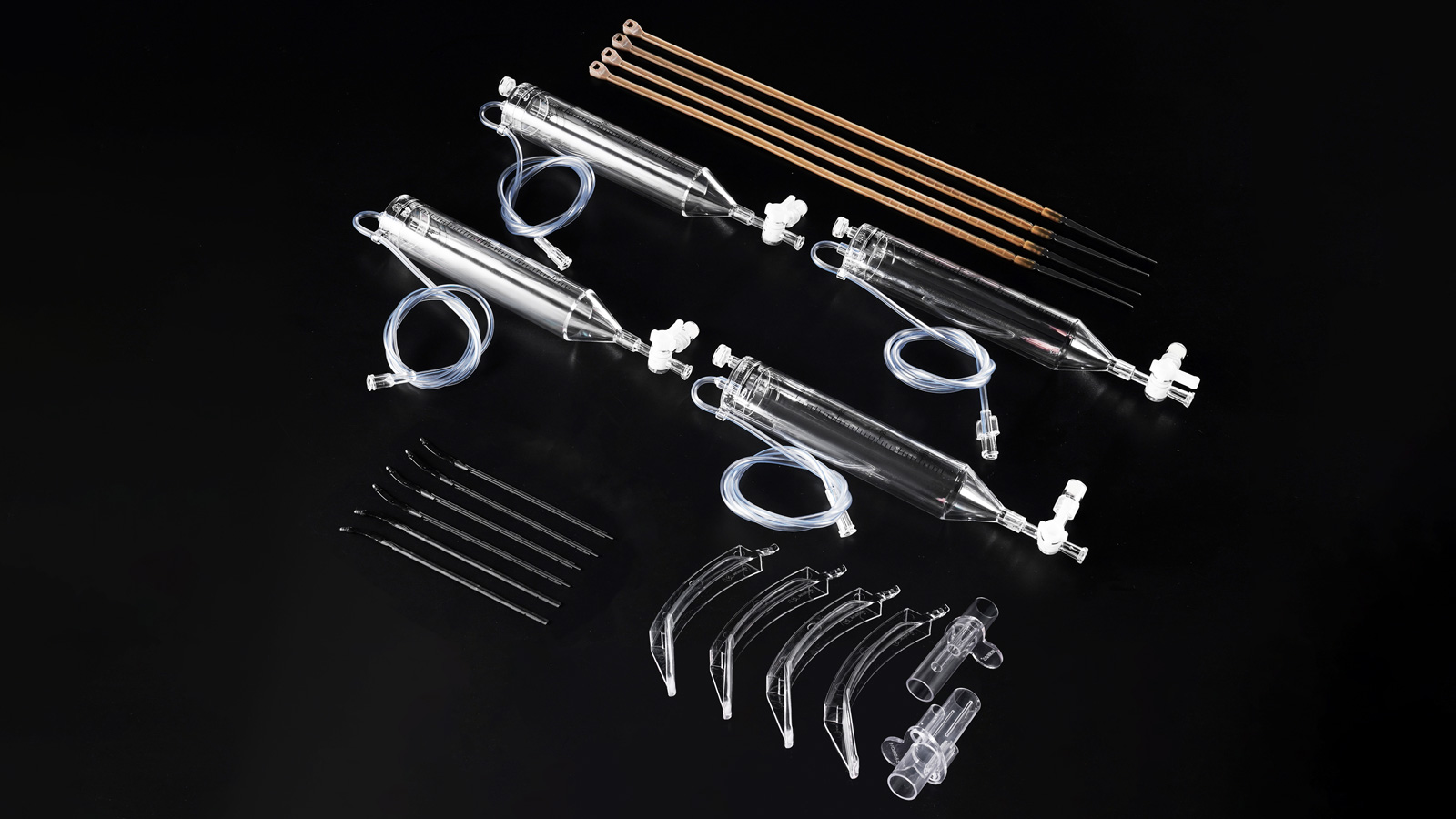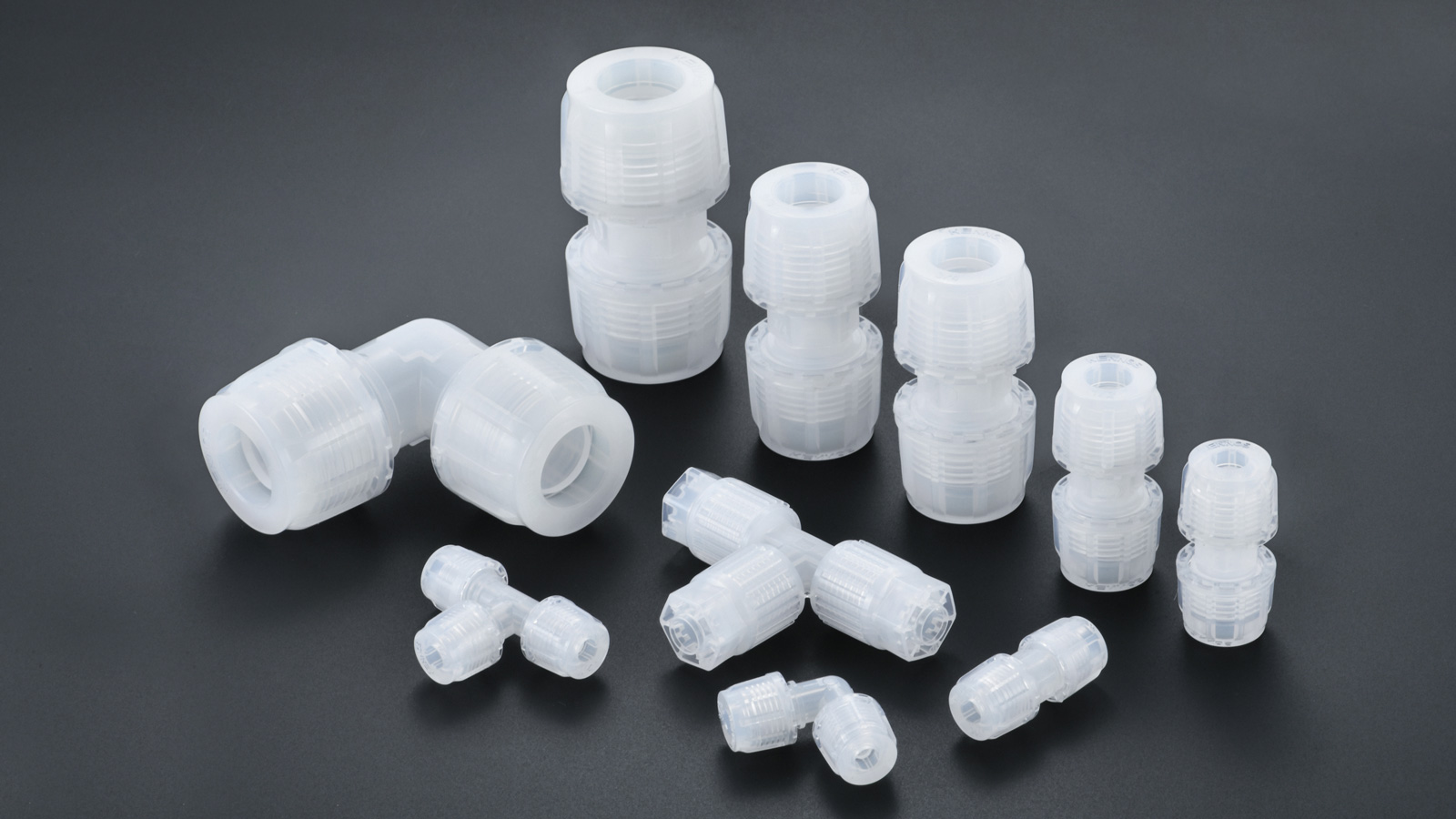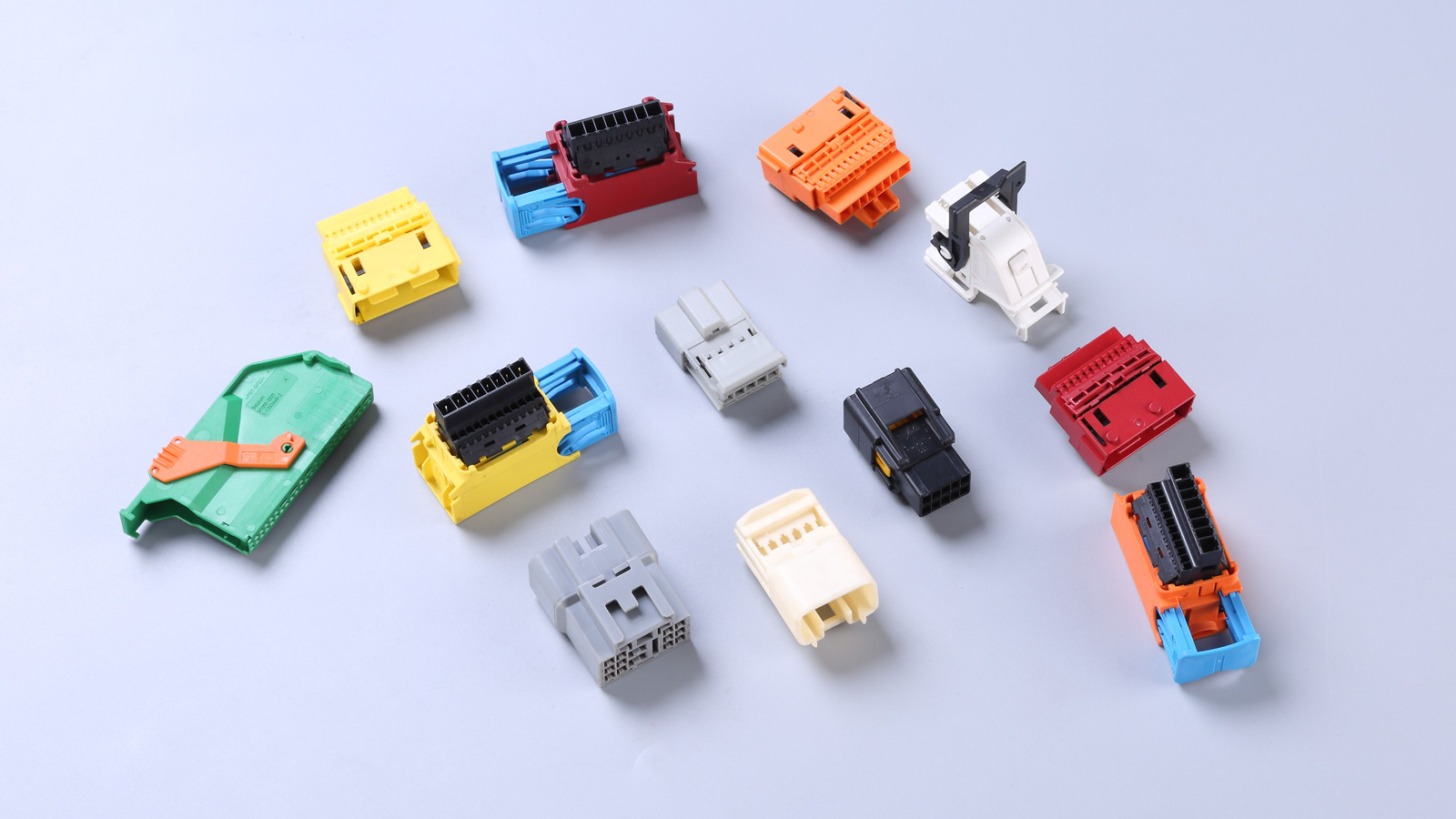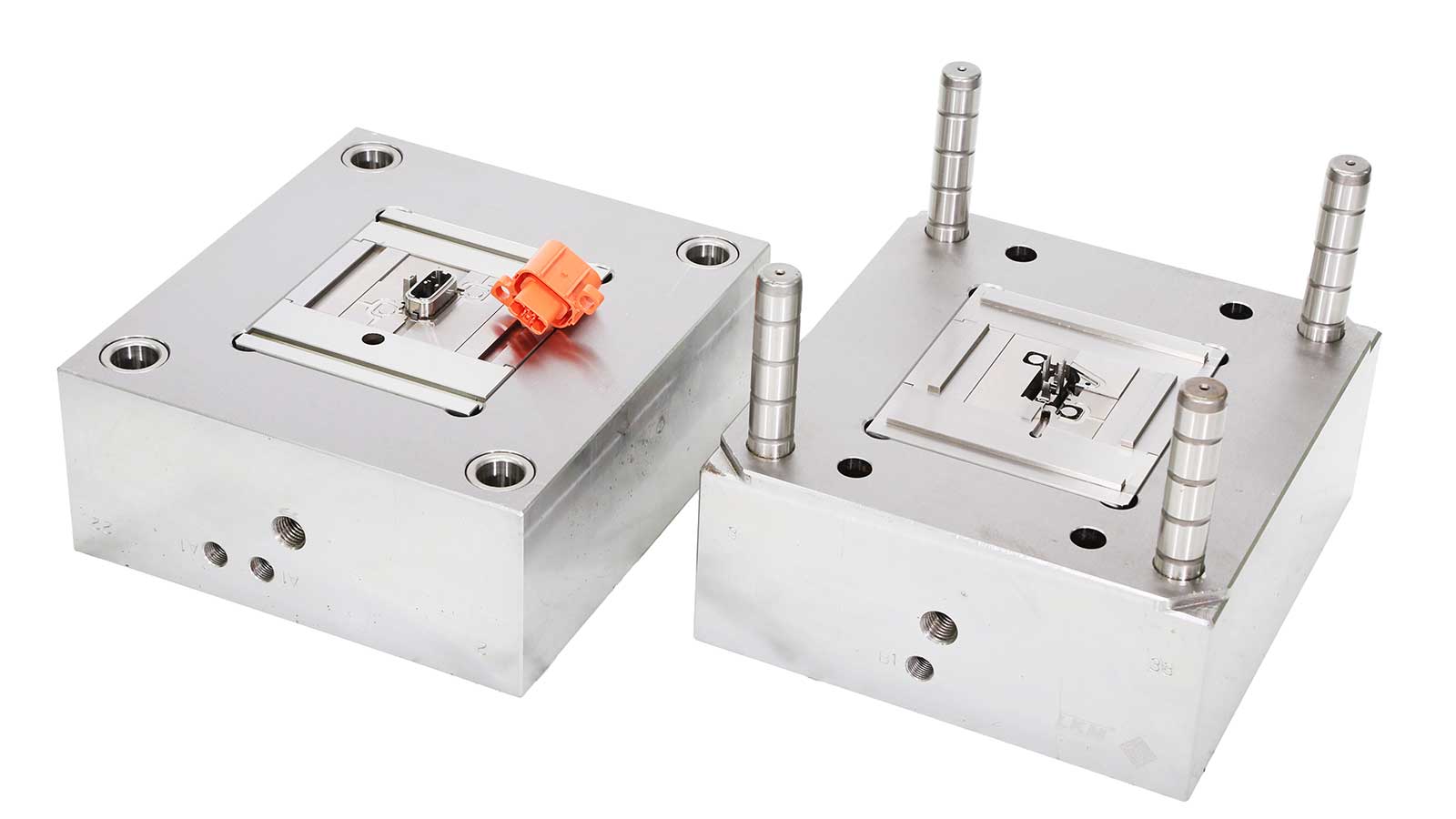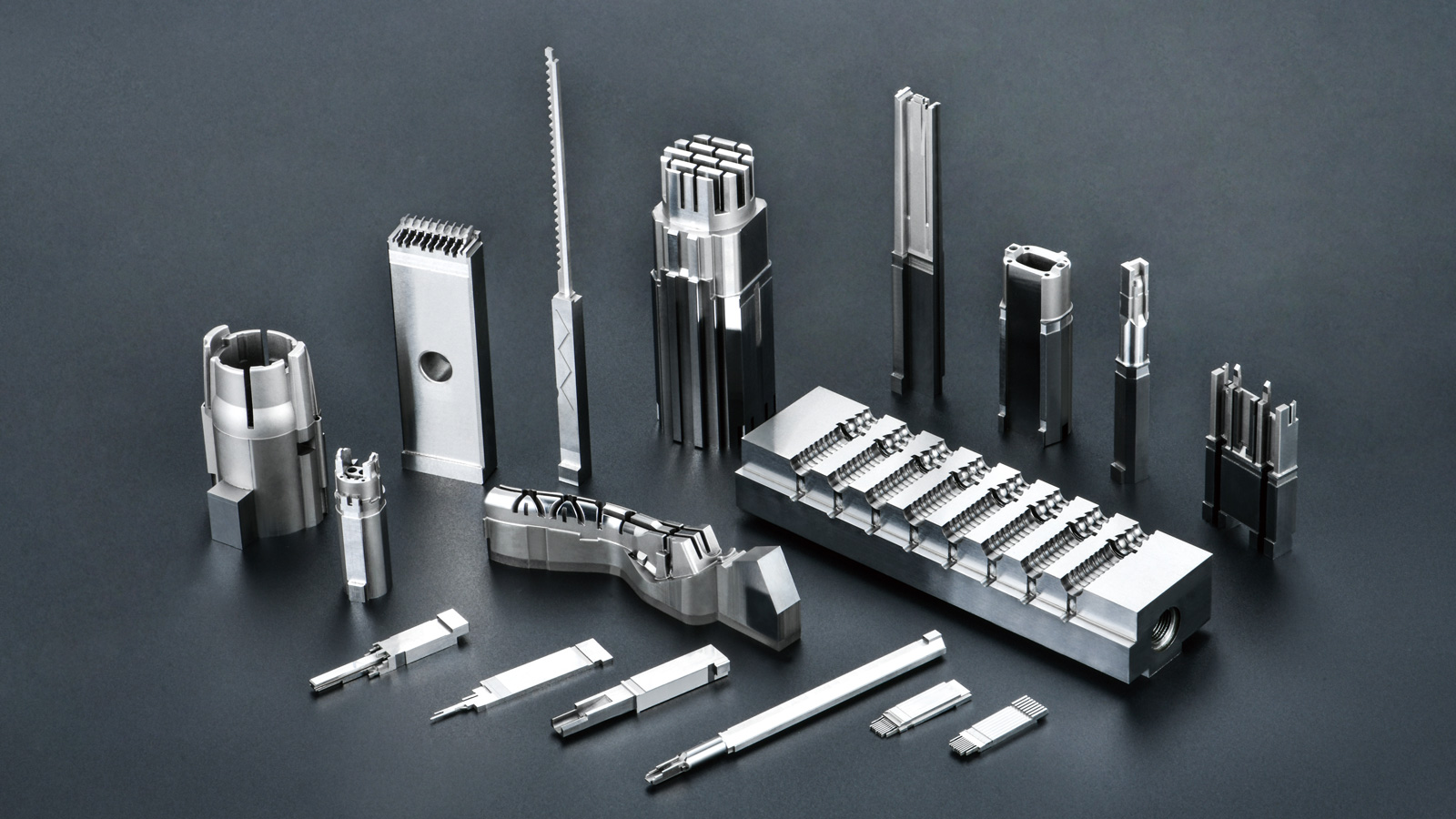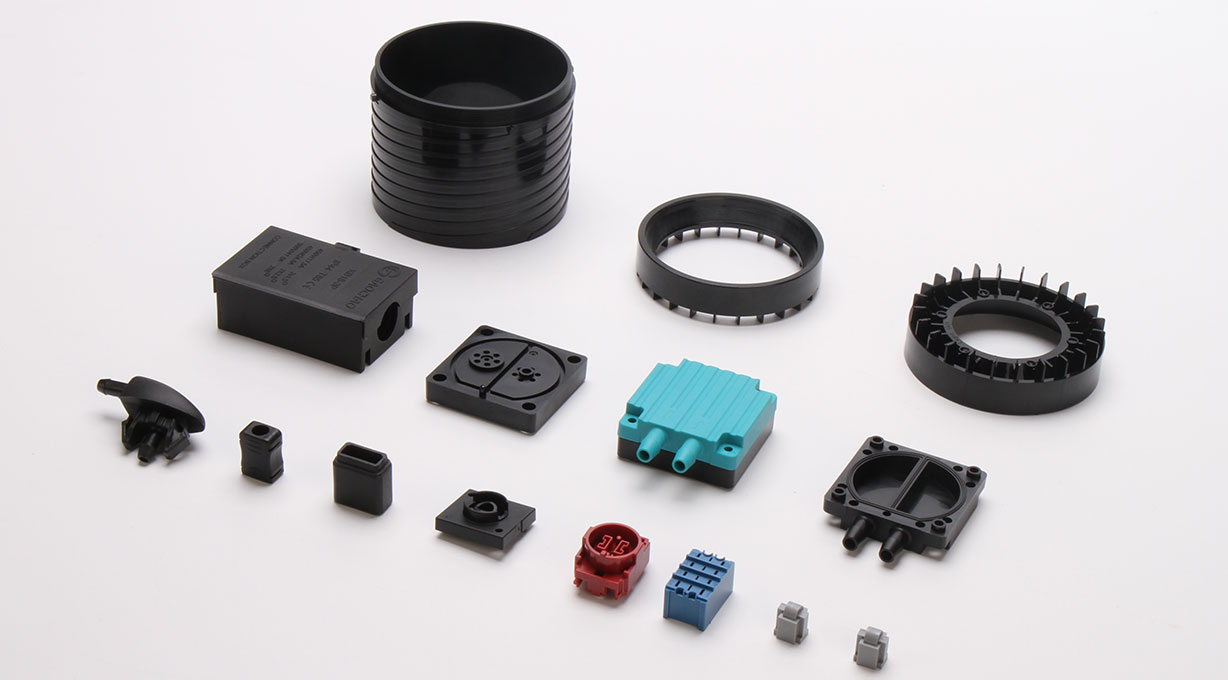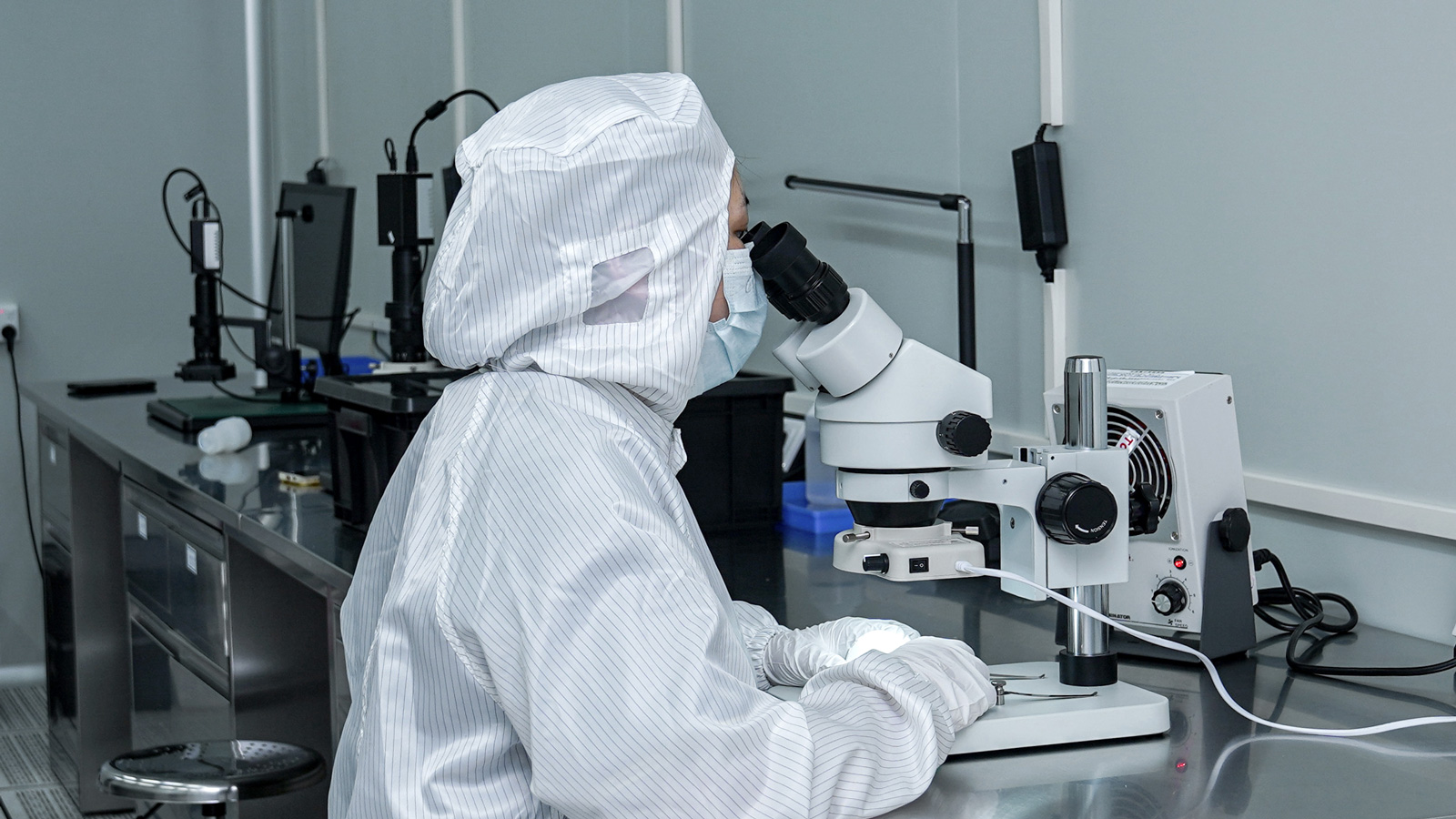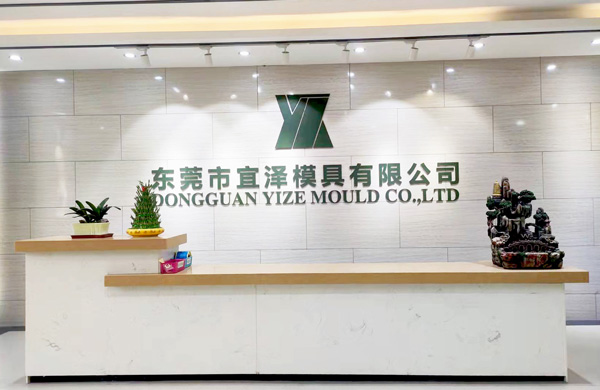In the design process of plastic injection molds, the selection and application of materials undoubtedly serve as pivotal factors determining mold performance and product quality. As mold designers, it is imperative to comprehensively and meticulously analyze the types and characteristics of materials to ensure that molds can precisely and efficiently manufacture plastic products that meet requirements.
I. Material Characteristics: Precisely Matching Product Requirements
Thermoplastic engineering materials are the mainstream choice for injection molding processes, with a wide variety and diverse characteristics. Experienced mold design engineers meticulously examine various material properties, including but not limited to elasticity, fatigue strength, shrinkage rate, corrosion resistance, and high-temperature resistance. These properties not only directly impact the final performance of the product but also influence the complexity and cost of mold design.
1. Elasticity and Fatigue Strength: Endowing Products with Vitality
For products requiring rubber-like properties and a certain degree of flexibility, thermoplastic elastomers (TPEs) are often the ideal choice. The high elasticity of these materials allows products to flexibly adapt to various deformations during use while maintaining stable performance. During mold design, engineers must deeply understand the elastic limits and fatigue life of the materials to ensure that the mold structure fully leverages the materials’ advantages and meets the products’ functional requirements.
2. Shrinkage Rate: Precisely Controlling Dimensional Accuracy
The shrinkage rate of thermoplastic materials is a crucial factor in mold design. Due to the shrinkage that occurs during the cooling process, the mold cavity must预留出 sufficient space (be designed with adequate allowance) to accommodate this shrinkage, ensuring that the product still meets the required dimensional specifications after ejection. Additionally, the cooling rate is also a key factor influencing the shrinkage rate. Mold design must fully consider the cooling characteristics of the materials to ensure that the components are fully cured before ejection, avoiding dimensional deviations caused by uneven shrinkage.
3. Corrosion Resistance and High-Temperature Resistance: Broadening Application Scenarios
In specific application scenarios, such as the chemical and medical industries, plastic products must possess excellent corrosion resistance or high-temperature resistance. Mold designers must pay special attention to these properties when selecting materials and adjust the mold’s surface treatment processes and structural designs accordingly to ensure that the products can maintain stable performance under harsh environmental conditions and meet specifications.
II. Mold Flow Analysis: Empowering Mold Design with Technology
With the rapid development of computer technology, mold flow analysis has become an indispensable tool in mold design. By simulating the flow and filling processes of materials within the mold, mold flow analysis can accurately identify potential problem areas in component designs, such as insufficient filling, weld lines, and air traps. This technology not only helps designers detect and resolve issues in advance but also effectively saves design time, avoids trial-and-error costs, and significantly shortens product delivery cycles.
III. Experience and Knowledge: Invaluable Assets in Mold Design
Although mold flow analysis technology has brought unprecedented convenience to mold design, the practical experience and professional knowledge accumulated by experienced injection mold designers remain irreplaceable. Relying on their profound understanding of material properties, keen insights into mold structures, and mastery of production processes, they can flexibly address various challenges during the design process, ensuring the rationality and efficiency of mold designs. This practical experience and knowledge constitute the most invaluable assets in the field of mold design.
Conclusion
In the journey of injection mold design, the application of materials has always served as a beacon guiding us forward. As mold designers, we must continuously explore, innovate, and perfectly integrate material properties with mold design to create more precise, efficient, and reliable injection molds. Dongguan Yize Mold Co., Ltd., a leader in precision mold design, manufacturing, and precision injection molding production, is committed to providing customers with one-stop solutions from product design to after-sales service. We look forward to collaborating with you to create a brighter future! Please feel free to contact us at +86 13302615729 (WeChat and WhatsApp available).
